�ނ��ނ��r�i���j�nj�Q

�i�q�k�r�F�q���������������@�k�������@�r���������������j
(before sleep �̎���)
-�E-�E-�E-�E-�E-�E-�E-�E-�E-�E-�E-�E-�E-�E-�E-�E-�E-�E-�E-�E-�E-�E-�E-�E-�E-�E-�E-�E-�E-�E-�E-�E-�E-�E-�E-�E-�E-�E-�E-�E-�E-�E-�E-�E-
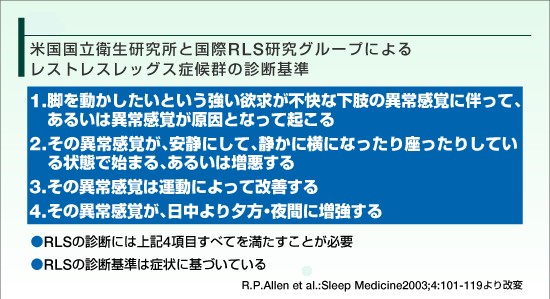
�@�@�@�@�iJan. 25, 2009 �֓��������b����ꕔ�����j
<RLS diagnostic criteria>
(�T) four essential criteria (required to make the diagnosis of RLS)
failure to meet any of these essential criterias excludes the diagnosis
�@motor restlessness: "occurrence of motor activity to reduce the RLS symptoms"
�Afocal akathisia or urge to move the body part: akathisia�A�J�V�W�A�����Ƃ��Ă����Ȃ����o
�@�@��
body part or limb �� focuses on a particular part of the body and must involve the lower limbs or feet
RLS is a sonsory disorder.
�����������~��urge to move the legs�ɋ���A
�ʏ��������̕s���Ȋ��o�i�ނ��ނ����A�������������A���䂢�A�ɂ��j��
usually accompanied by unpleasant sensations-paresthesias (abnormal sensations) and
dysesthesias (uncomfortable sensations)�B
�E�����������~���������P��������������just move without an associated urge to move
�E�s���Ȋ��o�킸�������������~���̂�����������sometimes unplesant sensations are absent, and there is only an irresistible urge to move ("Elvis legs")�B
�E�����ɉ������㎈��̂̑��̕��ʂ�����������������sometimes the arms or other body parts are involved in addition to the legs
�Bquiescegenic (=rest-induced ): onset with rest and relief with movement
�������������Ă��Ȃ����i�珰������Ă��鎞�j���N����or���������B���������Ă���Œ��ɂ͋N����Ȃ��Bonset with rest after varying periods at rest and likely the longer the
rest is maintained or forced on the patient / long car or airplane rides become difficult
even in the day, whereas shorter ones may not cause problems except at night. The time
of day and duration of rest interact to determine onset of symptoms.
���������Ƃɂ����P����Brelief with movement is usually fairly immediate and almost always persist as long as the patient is active
�C�[�������Ԃɂ����đ�������Bstrong circadian pattern of symptoms: worse in the evening and at night with considerable spontaneous relief each mornig, so sleep is commonly best in the late morning.
(�U) Nonessential but common features
(not required to make the diagnosis of RLS)
�@positive family history of RLS
�Apositive therapeutic response to dopaminergic medications
�BPLMS during wake or sleep
�Csleep disturbance: difficulty initiating or maintaining sleep; less commonly, EDS
�Dnormal neurologic exam in primary RLS; in secondary forms, possible evidence of neuropathy
�Enatural clinical course: onset any age, but most severely affcted patients are in middle to�@older age, usually chronic and progressive, remission may occur, can be exacerbated by or�@exclusively during pregnacy
-�E-�E-�E-�E-�E-�E-�E-�E-�E-�E-�E-�E-�E-�E-�E-�E-�E-�E-�E-�E-�E-�E-�E-�E-�E-�E-�E-�E-�E-�E-�E-�E-�E-�E-�E-�E-�E-�E-�E-�E-�E-�E-�E-�E-
��ԏA�Q�����Ԓ��r�o�����ɋN����Ղ��A������Q��ē�����Q�̌����ƂȂ邪�A
��Ԍ㔼���瑁���ɂ����Čy���Ȃ�����������B��Ԃ݂̂Ȃ�y�ǁA�����ǂł͗[������
�o���A�d�ǂɂȂ�ƒ��Ԃ����o������B��ԂɏW�����ďo���܂��͑�������̂���������
specific(��RLS�݂̂ɔF�߂������)�B
�ނ��ނ����nj�Q�̂U�O�`�W�O�����������l���^����Q����������B
�S�T�Έȉ��̎�N���ǂł��Ƒ��������������B
�ifamilial RLS has a younger age of onset.�j
secondary RLS:
�E����
�E�U�O�Έȍ~�̔��ǂł��S���R���n���⌌���S������ł��t�F���`������l(<50��g/l)
�̎��������A��������Â���Ή��P����B
�EDuring pregnancy, the prevalence of RLS may be as high as 23%. In these affected women,
RLS was associated with low serum folate or/and ferritin level.
�E�r�^�~��B���R�A�t�_���R�A�ݐ؏���A�o���r�^�[���n��܂̗��E���A�J�t�F�C���A�O�n�R����A
���������S�s�S�A�����߃��E�}�`�A�p�[�L���\���a�ȂǁB
<�����>
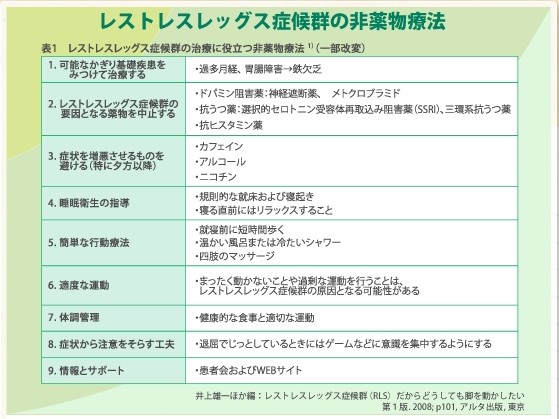
�����Á�
���܂����S�����^����J�n���āA�t�F���`���l��50��g/l�ȏ�ɏグ��B����ł��Ǐ��P���Ȃ����
then
���[�H���A�Q�O��
benzodiazepin clonazepam
�i���{�g���[���j0.5�`1.0mg���������
(����p�����Ȃ��A�������d�Ǘ�ł͌��ʕs�\��)�B
��alternative�Ƃ��Ă�
carbidopa/levodopa�i�q�C�Ȃǂ̏�����n�̕���p�ɒ��Ӂj�B
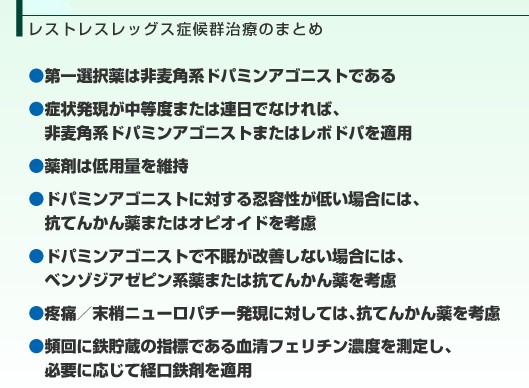
�@�@�@�@�@�@�@�@�@�@�@�@�@�@�@�@�@�@�@�@
�@�@�@�@�@�@�@�@�@�@�@�@�@�@�@�@�@�@�@�iJan. 25, 2009 �֓��������b����ꕔ�����j
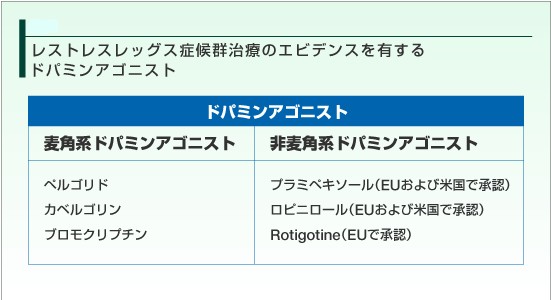
�@�@�@�@�@�@�@�@�@�@�@�@�@�@�@�@�@�@�@�@�@�iJan. 25, 2009 �֓��������b����ꕔ�����j

���Q�O�P�O�N�P�����A���X�g���X���b�O�Y�nj�Q�̎��Ö�Ƃ��āA�r�E�V�t���[����
�@ �ی��K�p�ƂȂ��Ă���܂��B
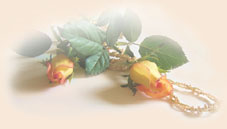
|